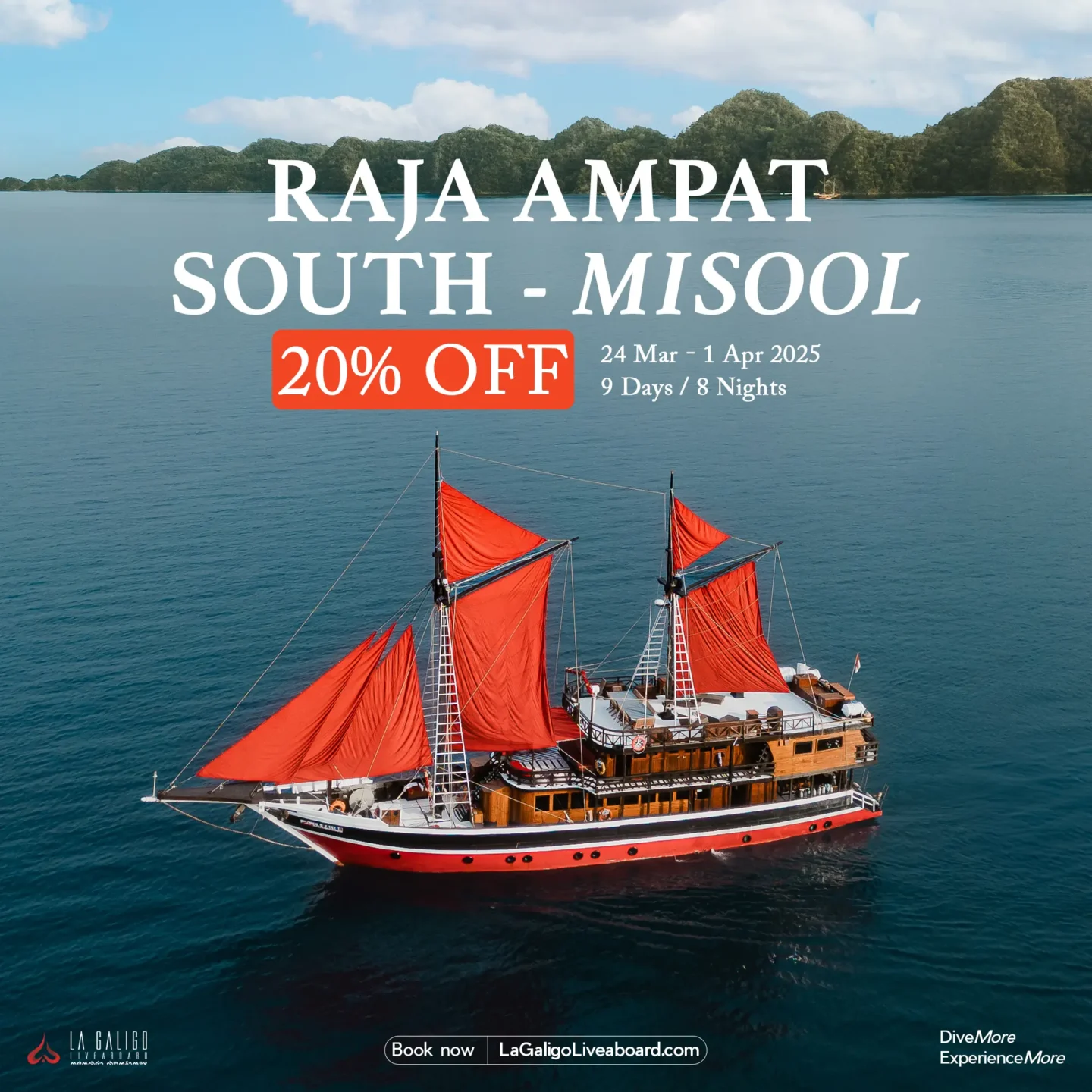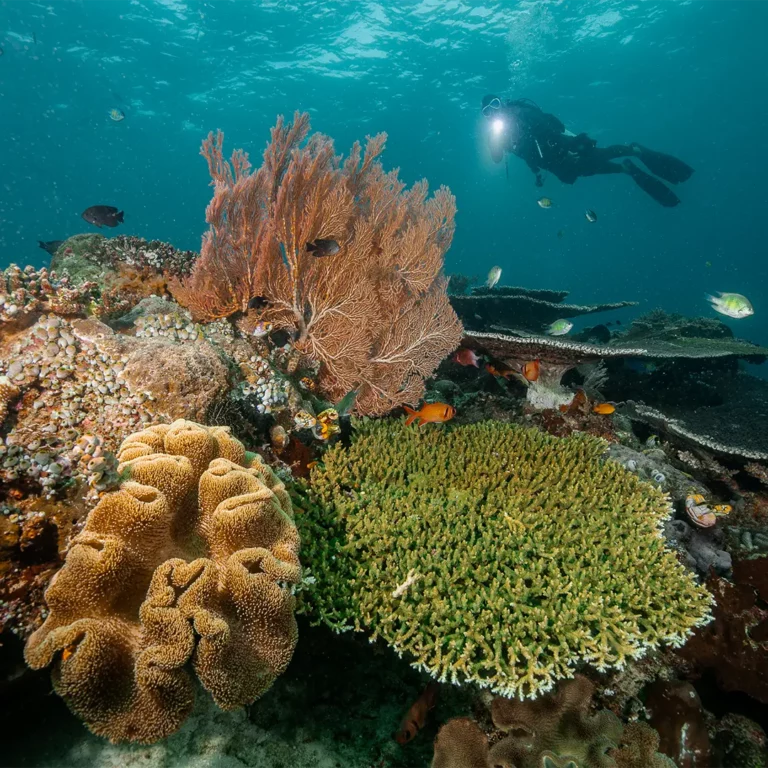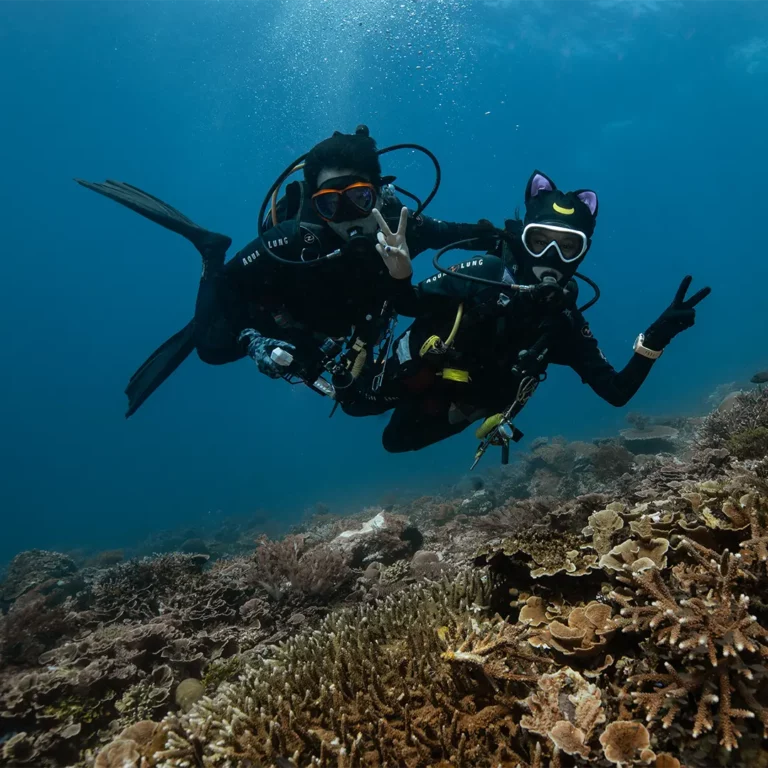The term “Pinisi” literally describes a style of rigging used on Indonesian sailing vessels, which consists of the arrangement of masts, sails, and ropes, or “lines.
A pinisi is a ship with two masts and seven to eight sails arranged in a gaff-ketch with what are known as “standing gaffs.
This means that, in contrast to most Western ships with this type of rig, the two main sails of the pinisi are not opened by lifting the spars to which they are attached, rather, the sails are “pulled out” like curtains along the gaffs that are fixed at the center of the masts.
Like with many Indonesian sailing vessels, the term “pinisi” refers solely to a particular kind of rig and does not characterize the design of the vessel’s hull.
Pinisi-rigged ships were primarily constructed by the Konjo-speaking residents of Ara, a village in the Bontobahari district of Bulukumba regency, South Sulawesi.
Buginese and Makassarese seafarers utilized these ships extensively as cargo vessels.
The largest Indonesian sailing ships used pinisi rigs prior to the ultimate demise of wind-powered transportation during the motorization of Indonesia’s traditional trading fleet in the 1970s and 1980s.
These days, the majority of Indonesia’s wooden ship types are named with the term “pinisi,” oftentimes rather indiscriminately.
The term “phinisi,” which was first used to name Phinisi Nusantara, a motorized traditional vessel with a similar rig that was sailed from Indonesia to Expo 86 in Vancouver, Canada, was spelled as “phinisi” in an attempt to mimic the Indonesian pronunciation of the word, /pi:nisi/.
The 2017 inscription of “The Art of Boatbuilding in South Sulawesi” in UNESCO’s Representative List of the Intangible Cultural Heritage of Humanity featured the phrase “pinisi,” which is the most well-known sailing vessel in Indonesia.
History of Pinisi
A legend originating from the ancestral tradition of Southern Sulawesi gave rise to the history of Phinisi. Just so you know, this ship was in commercial use for a very long time.
Phinisi has developed into a sophisticated maritime tradition in the modern era. The distinctive architecture combines elements of the traditional Bugis-Makassar architecture.
In addition, it takes inspiration from 19th-century European and American ship architecture.
The Fusion of 21st-Century Engineering with Timeless Design
In the past, sandalwood, textiles, and spices were transported by wooden Phinisi from Indonesia. Boat builders in Sulawesi construct the vessels over several years.
Modern Phinisi yachts are used by people today for leisure activities like diving and cruising. We use premium Indonesian teak and ironwood for the materials.
Therefore, you can choose from a variety of designs and finishes to satisfy the demands of modern, astute travelers.
For instance, you might like opulent soundproof suites that are ideal for a good night’s sleep, or you might prefer extra-wide spaces for yoga or relaxation.
In addition, the most recent technical systems with contemporary standards are incorporated into the new constructions to guarantee the highest possible levels of quality, comfort, sustainability, and efficiency.
History of Phinisi Sulawesi’s Traditional Boat
In terms of Phinisi’s past, this ship originated in South Sulawesi.
Furthermore, the first people to make this boat in the 19th century were the Konjo tribe residents of Bulukumba regency.
That tribe’s sailors had a brilliant idea. They blended their traditional schooner rig with Western ones.
They dubbed it the Pinisi rig after that. Just so you know, the words picuru and binisi are the roots of the word pinisi.
“Binisi” means “a small & agile fish,” while “Picuru” means “good example.” This name was bestowed upon the invention of sailors by the king.
This boat was used for both fishing and transportation by the Konjo tribe. You should be aware that Phinisi had a unique hull (palari) that could accommodate large loads.
The captain’s cabin is the only one located in the stern. The crews sleep on deck or in the cargo room as a result.
Their sail was called Nade. This is influenced by western ships.
An Iconic Seafaring of Indonesia’s Maritime Heritage is the Phinisi Schooner
The seas surrounding the Indonesian archipelago have historically served as natural routes for trade, migration, and communication.
It is therefore not surprising that the islands have maintained some of the most advanced maritime customs in the world to this day.
Here, one can still observe traditional ships traversing wide waters in search of fish or cargo. Among these vessels, the magnificent Pinisi Schooner stands out as a fabled representation of Indonesia’s maritime culture.
The schooner, also known as Pinisi when spelled that way, is the crown jewel of the South Sulawesi Bugis ethnic group’s nautical heritage.
The phinisi have been sailing the waters of the archipelago for centuries, visiting places as far afield as Malacca, Burma, Vietnam, and Australia.
These enormous traditional boats can still be seen today, either fully sailed or anchored, in the harbors of Sunda Kelapa in Jakarta, Ujung wharf in Surabaya, where they are unloading timber from Kalimantan, Paotere harbor in Makassar, South Sulawesi, or even the tiny port of Labuan Bajo on Flores.
However, the large mainsails are not like the gaff rigs seen in western styles; they frequently lack a boom and the sail is not lowered using the gaff.
Rather, it is reefed in the direction of the mast, akin to a curtain, enabling the gaff to be utilized as a deck crane within the harbor. The mast’s lower section may be composed of two poles or resemble a tripod.
Phinisi could have a length of 20 to 35 meters and a mass of 350 tons. Up to thirty meters above the deck, the masts may extend.
The Bugis manuscript I La Galigo states that phinisi schooners date back to the fourteenth century.
The majority of these schooners are made in the Tanah Beru region, which is roughly 176 kilometers from Makassar, the provincial capital of South Sulawesi, and roughly 23 kilometers from the capital of Bulukumba Regency, which is close to the town of Bira.
The regency has a long history of creating these magnificent crafts, earning it the nickname Butta Panrita Lopi, or “the land of the phinisi schooners,” among the locals.
There are dozens of dry docks along Tanah Beru’s shore where phinisi schooners are being built in various stages of development.
Here, the Phinisi, which has come to represent the maritime heritage of Indonesia, is expertly crafted by the Bugis with astounding precision.
The Phinisi is constructed with antique tools and adheres strictly to age-old methods that have been handed down through the generations.
In addition to strength and skill, the construction process involves what the locals consider to be supernatural powers, necessitating rigorous adherence to rituals and ceremonies at every stage.
Many phinisi schooners are now renovated to function as distinctive, traditional live-aboards for divers visiting pristine sites, particularly in the eastern Indonesian islands.
In order to accommodate participants in diving expeditions to the stunning Raja Ampat national park near Sorong, West Papua, as well as the Komodo National Park in Flores, Takabonerate, and Wakatobi in South East Sulawesi, these sturdy vessels are now outfitted with cabins, kitchens, and restrooms.
The Design of Phinisi Boat
There were initially two mats and seven or eight sails on Phinisi Indonesia. There are three mats on board western ships, but Phinisi only has two.
The sails perfectly align in the middle, and its foremast is slightly taller than its stern mast.
Each masts has a large sail at the bottom, a large rectangular sail, and a small triangle.
Additionally, other sails are securely fastened from the bowsprit to the foremast. These sails are typically made up of three or four tiny triangle sails.
For your information, a typical Phinisi ship is between 20 and 35 meters long, though there is a shorter version that is only 10 meters long and is used for fishing.
Additionally, the updated model accommodates about 30 people and has a 50-meter range. There are only a few of these Phinisi, though, and the majority are for opulent cruises.
ALSO READ : How Many Dives Are Required for a Liveaboard Trip in Raja Ampat
The Modern Phinisi Boats
Every year, Phinisi’s design is updated to reflect the current times. The boat served as both a means of mass transit and a means of carrying cargo around 1970.
Subsequently, they started using different types of hulls called Lambo, which could accommodate more cabin rooms.
And not too long after, motorized ships were created. The ships that have been converted to motor versions are known as Perahu Layar Motors.
ALSO READ : How Difficult Is Diving in Raja Ampat
Some older motorized Phinisi vessels still had mats for aesthetic reasons, even though the sails had been removed because they were unnecessary.
Later, in an attempt to resemble the original Phinisi ships, many new ones start to incorporate the sails and back masts. This type of Phinisi is typically used for leisure cruises.
That brings us to the history of Phinisi.
Currently, you can enjoy sailing on a real Phinisi boat like La Galigo Liveaboard. Private charters of Phinisi boats are offered in Raja Ampat and Komodo for Diving








